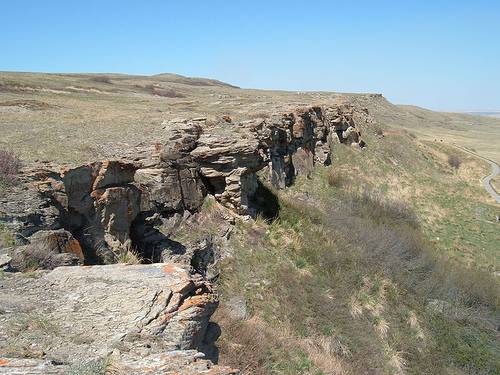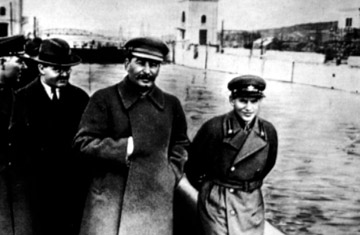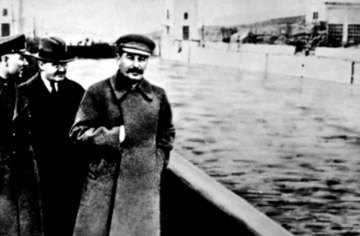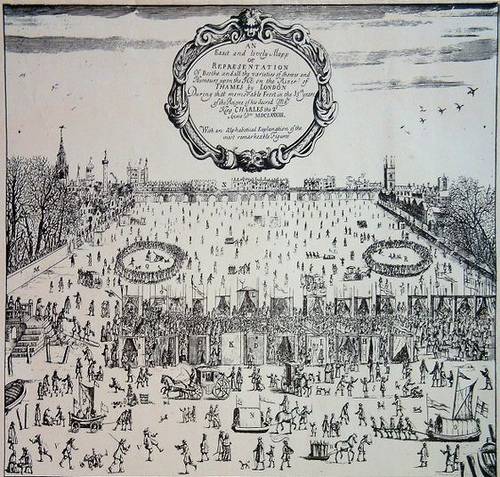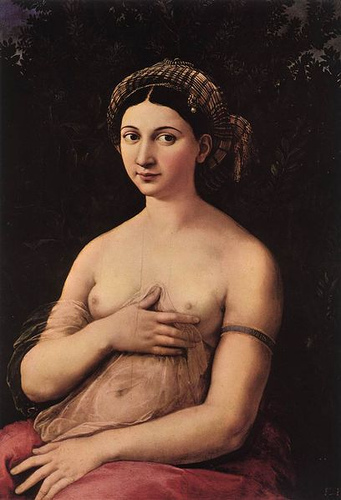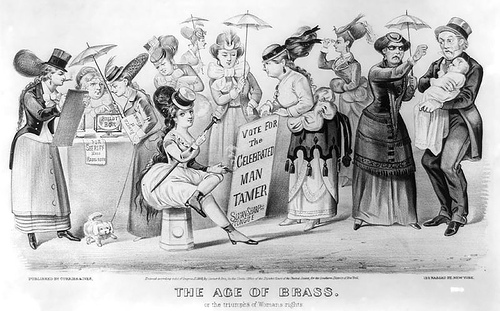Being a slave was hard enough in the American South — but wanting to escape was once classified as a psychiatric disorder. In 1851, physician Samuel A. Cartwright of the Louisiania Medical Association decided that runaway slaves suffered from “drapetomania”:
If the white man attempts to oppose the Deity’s will, by trying to make the negro anything else than ‘the submissive knee-bender’ (which the Almighty declared he should be) by trying to raise him to a level with himself, or by putting himself on an equality with the negro; or if he abuses the power which God has given him over his fellow-man, by being cruel to him, or punishing him in anger, or by neglecting to protect him from the wanton abuses of his fellow-servants and all others, or by denying him the usual comforts and necessaries of life, the negro will run away; but if he keeps him in the position that we learn from the Scriptures he was intended to occupy, that is, the position of submission; and if his master or overseer be kind and gracious in his hearing towards him, without condescension, and at the same time ministers to his physical wants, and protects him from abuses, the negro is spell-bound, and cannot run away.
Cartwright wrote that with “proper medical advice, strictly followed, this troublesome practice that many Negroes have of running away can be almost entirely prevented.” But for slaves who were “sulky and dissatisfied without cause,” he recommended “whipping the devil out of them” as a “preventative measure.”
